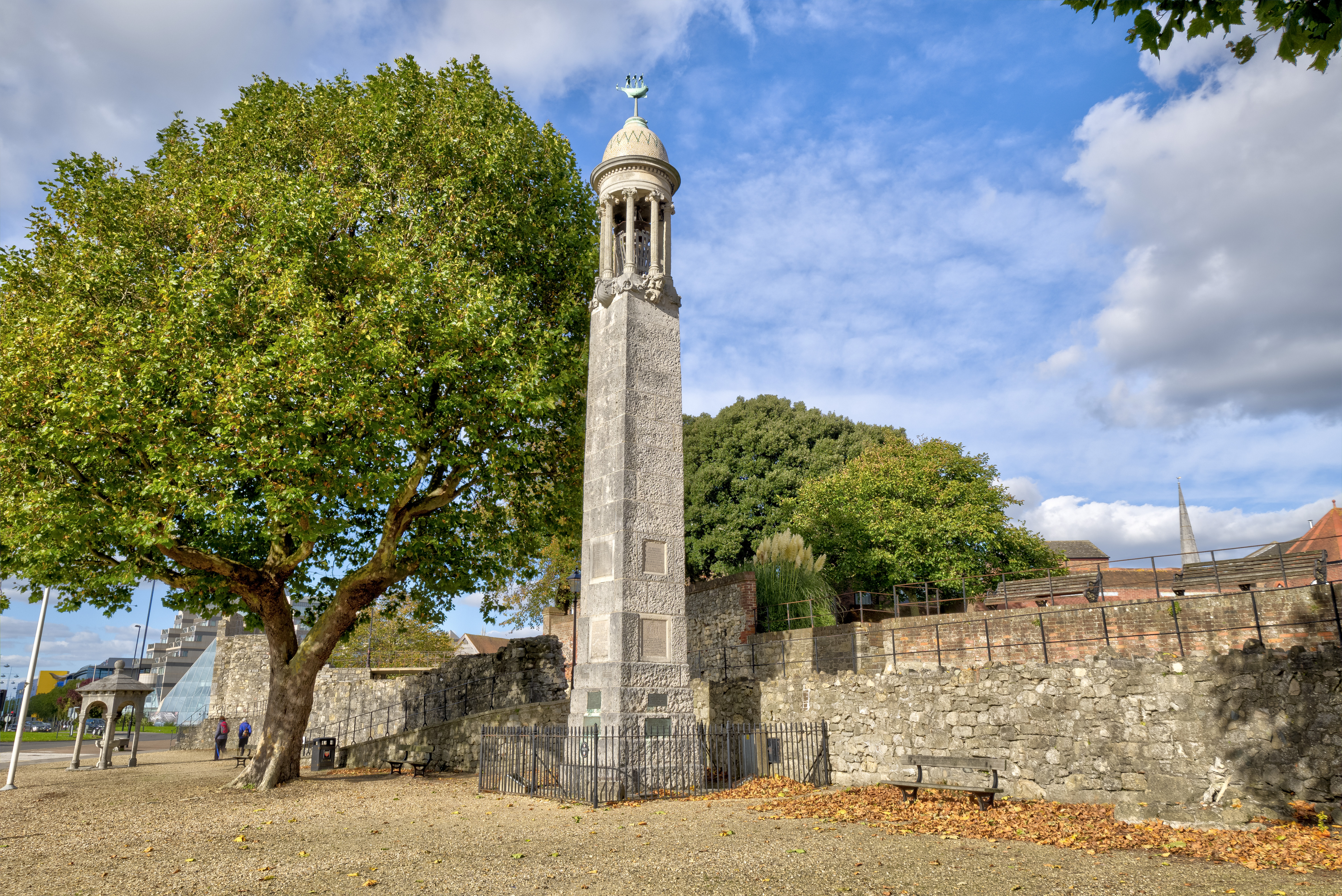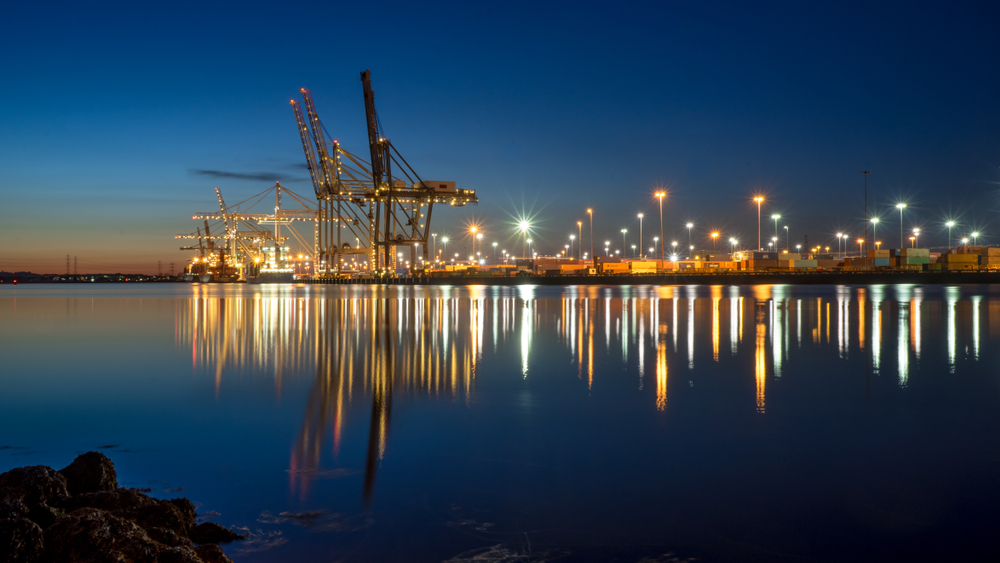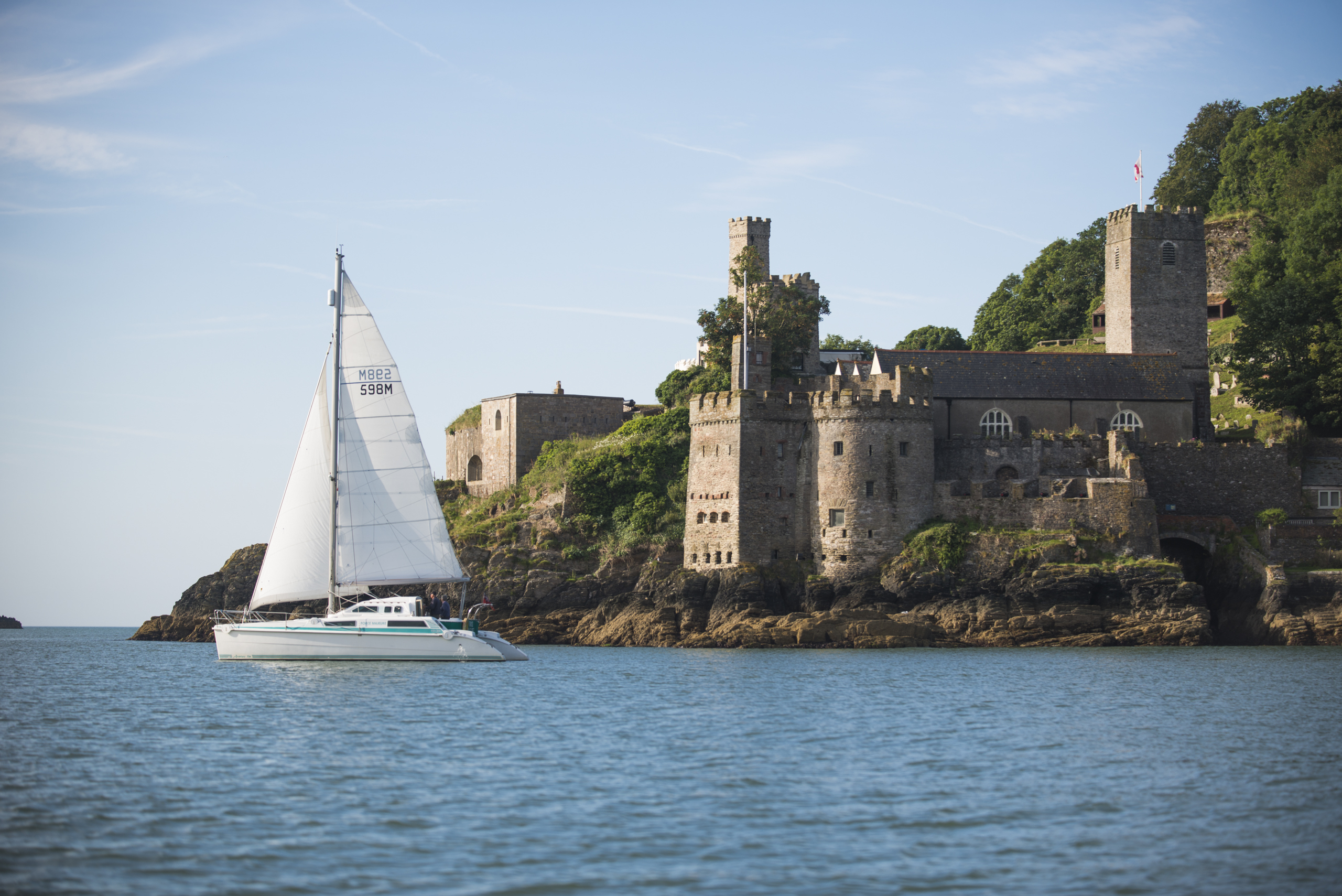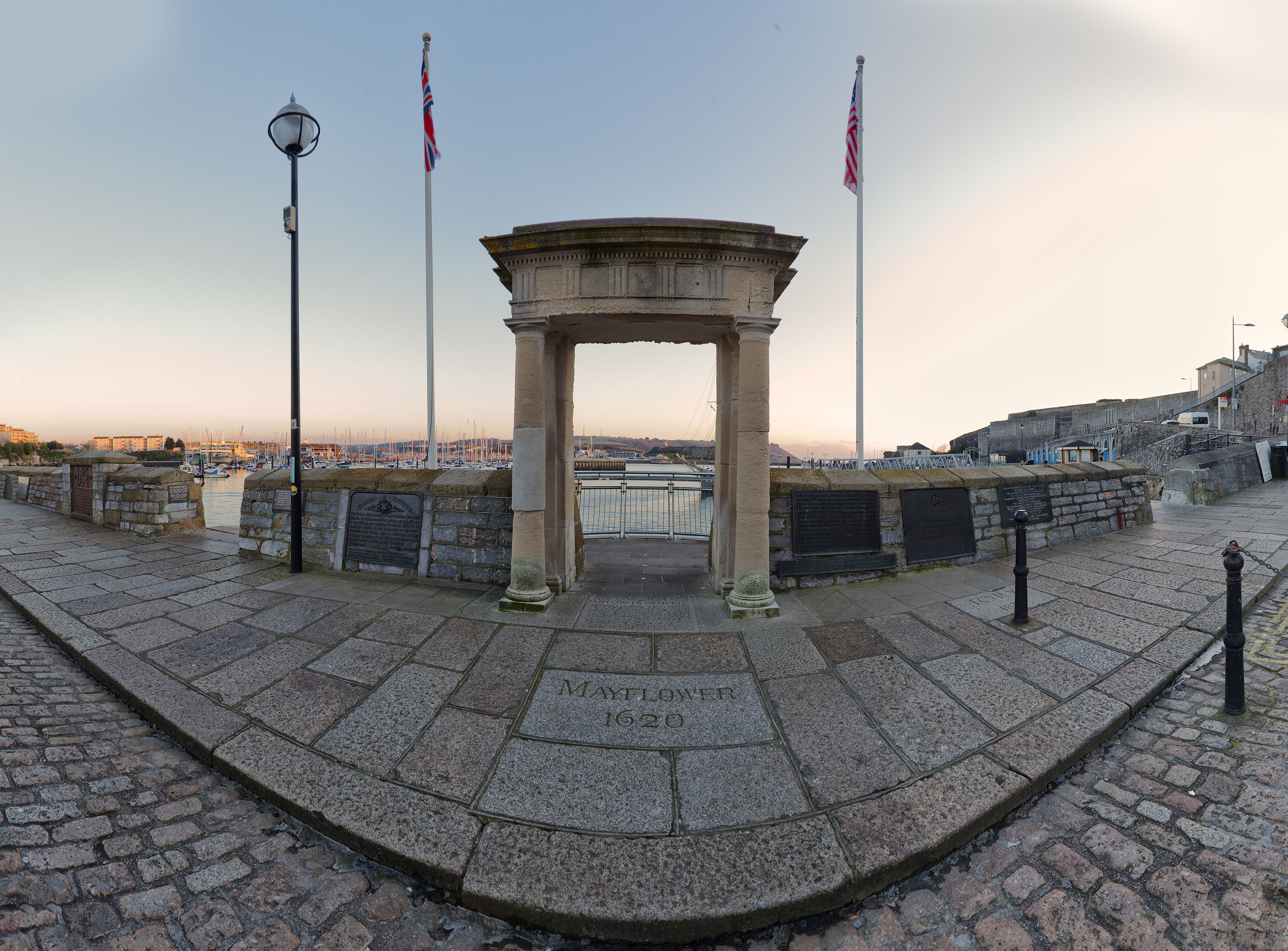

- Contact Us
- Search
-
Mayflower400 partner destinations:
The day the Mayflower left Southampton for America
Nearly 400 years ago, the Pilgrims left Southampton to embark on their historic transatlantic voyage on August 15 1620.
They were on two ships - the iconic Mayflower and the lesser known Speedwell - and boarded on the south coast of England set for a new life in America.
But they would not know just how challenging crossing the Atlantic 399 years ago would be - or that they would end up on just one ship with two more stops in England to come.

The Mayflower Memorial on Southampton's waterfront
The Southampton rendezvous
It had been arranged by the group who planned the Mayflower's voyage - known as the Separatists, at that time living in Holland - and their counterparts in the UK to meet at Southampton on two separate vessels.
Those ships were the Mayflower and the Speedwell, and the plan was to prepare for their epic journey they’d take together in the port on the south coast of England.
The Separatists, who had been living in Leiden for 12 years after escaping religious persecution in England, had bought the Speedwell by selling personal belongings.
On July 22, 1620, a group of 16 men, 11 women and 19 children left Delfshaven near Rotterdam to set sail on the Speedwell out to the North Sea and onto Southampton.
They arrived a few days later and met up with the crew and passengers of the Mayflower, which had set sail from Rotherhithe in London and brought the Separatists from England and a group known as the Strangers - people who wanted to join the voyage for a fresh start in America.
They intended to spend a few days in Southampton, preparing for the long voyage to America - stocking up on provisions and readying both ships. They would then sail together.

Southampton's docks at twilight
Shopping in Southampton
The Speedwell had leaked on her voyage from Holland, but was able to be repaired at Southampton’s extensive ship building facilities near the port’s West Quay. The town had proven to be a good choice for the Pilgrims in this respect.
Not only could the Speedwell be repaired, the fact that Southampton was a thriving seaport also meant it had everything the Pilgrims needed to buy to prepare themselves for the journey.
There were 153 merchants in the town at the time and it was these men who sold the group all the items they needed to be self-sufficient onboard the vessels. The Pilgrims slept on their ships moored at West Quay and spent the days shopping for supplies for the journey.
Southampton was also the perfect location for the Pilgrims to find a group of seamen who had previous experience of sailing across the Atlantic, so were able to offer them help and advice on what they were about to embark on. The town also had established trading links with Virginia and Newfoundland where the Mayflower and Speedwell were headed.
Stephen Hopkins joins
A Hampshire man called Stephen Hopkins joined the Mayflower in Southampton, and is known as the only passenger to have had any experience of being in America, having been shipwrecked in Bermuda in 1609.
Hopkins had gone on a voyage to Jamestown, Virginia on the vessel Sea Venture but had shipwrecked in Bermuda. He and other passengers were stranded on the island for 10 months, during which Hopkins and several others had organised a mutiny against their current governor. He was sentenced to death, but was later pardoned.
Whilst on the island of Bermuda, the castaways built a small ship and made the journey to Jamestown. Whilst Hopkins was there, his first wife Mary, who was still in England, died. Hopkins returned to England in 1617 and married second wife Elizabeth. He wanted his new wife and family to all return to Virginia so boarded the Mayflower in Southampton in 1620 with children Constance, Giles and Damaris. Elizabeth was one of 18 women onboard the Mayflower - and one of three who were at least six months pregnant. She gave birth to her and Hopkins’ son during the voyage and they named him Oceanus.
On arrival in New England, Hopkins was one of 41 signatories on the Mayflower Compact and became assistant to the governor of Plymouth Colony through to 1636. His years of experience in Jamestown meant he was familiar with the hunting techniques and lifestyle of American Indians, which was later useful to the Pilgrim leaders. Indeed the first formal meeting with the natives took place at Hopkins’ house and he was asked to take part in early Pilgrim visits with the natives’ leader Massasoit.
But in the late 1630s, Hopkins started coming up against the Plymouth authorities. He opened up a tavern and sold alcohol, but was fined for allowing drinking and shuffleboard playing on a Sunday, allowing people to drink too much at the tavern, and selling alcohol at excessive rates. He died in 1644.
So with Hopkins and his family onboard, the Mayflower and Speedwell ships set sail from Southampton on August 15, 1620.

Sailing into Dartmouth's harbour
Delayed in Dartmouth
But the Speedwell soon took on water again - thought to be either because she carried too much sail, straining her timbers, or the result of sabotage by the reluctant crew and both ships were diverted to Dartmouth, in Devon.
According to passengers, the Speedwell was leaking like a sieve and required urgent repairs - something that took place over the course of a week in Bayard’s Cove harbour, in Dartmouth.
The town’s locals were suspicious of the Pilgrims whilst the repairs took place so they set up camp outside the town boundary. The Mayflower was moored upstream on the River Dart beside Mill Creek, where it is believed the Pilgrims camped in a field. This is now called Pilgrim Hill.
Once the Speedwell was fixed, both ships set sail out into the English Channel towards the North Atlantic.

Plymouth, the final stop
But their epic voyage was scuppered again, when 300 miles off Land’s End the Speedwell leaked yet again and it was decided they couldn’t take the risk of continuing with her.
After already spending six weeks at sea since leaving London and Leiden, and wasting valuable money as well as vital supplies, both ships turned around and headed back for Plymouth.
It was there that the Speedwell was declared unfit to make the transatlantic journey. Some passengers abandoned the venture and returned to Holland, some stayed in Plymouth, and the remainder boarded the Mayflower to continue to America. It meant the Mayflower was overcrowded and cramped but the journey was to go ahead regardless.
After a few days in Plymouth, restocking for the voyage, 102 passengers and up to 30 crew boarded the Mayflower. They left what is now known as the Mayflower Steps on the city’s historic Barbican (though the Steps today is a memorial, rather than the actual site) on September 16, 1620 - the last time they were on English soil before heading to America.
- Learn more about visiting Southampton
- Explore visiting Plymouth
Sign up for the latest Mayflower 400 news
You'll be the first to hear the latest Mayflower news, events, and more.
Log In
Register
Mayflower 400 Proudly Supported by our National Sponsors and Funding Partners






